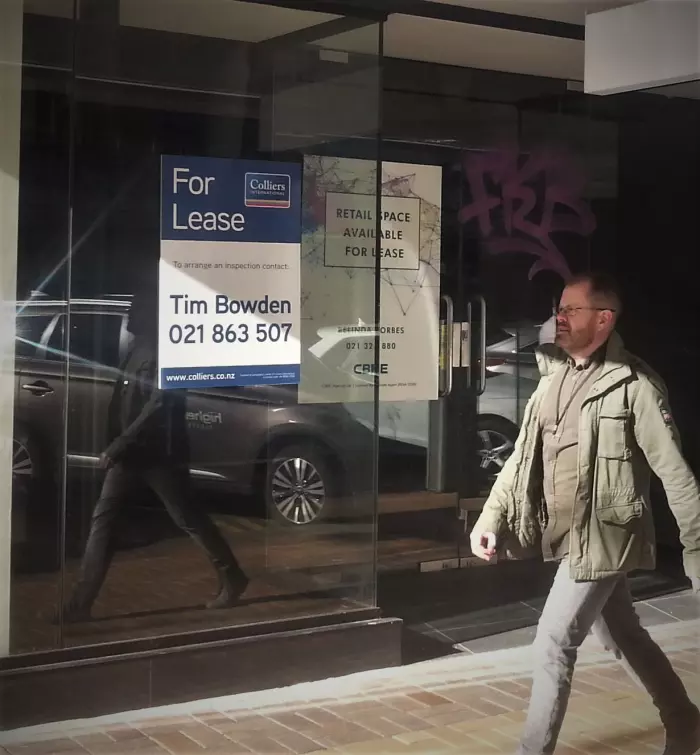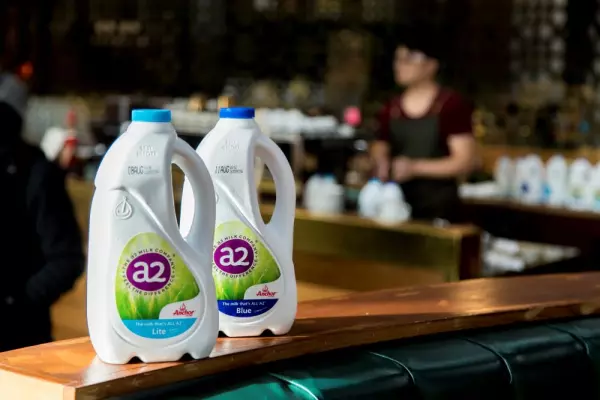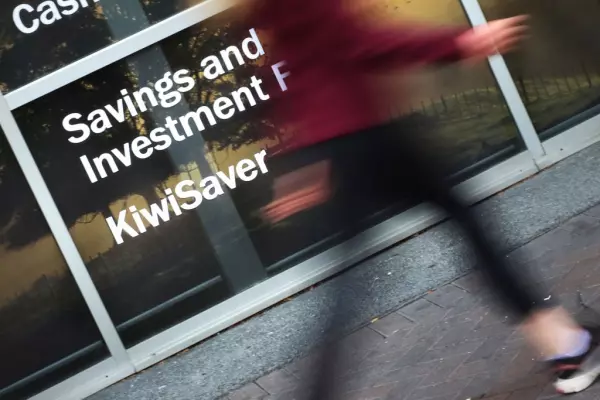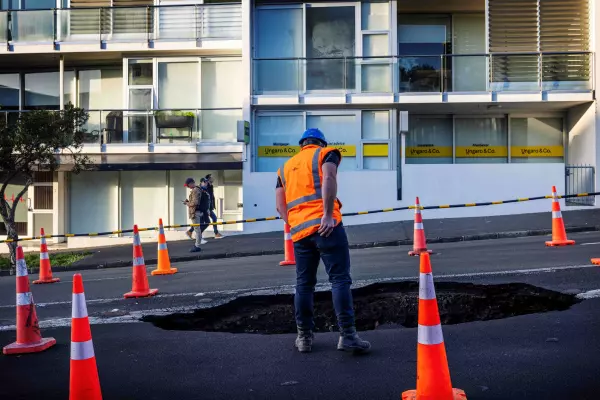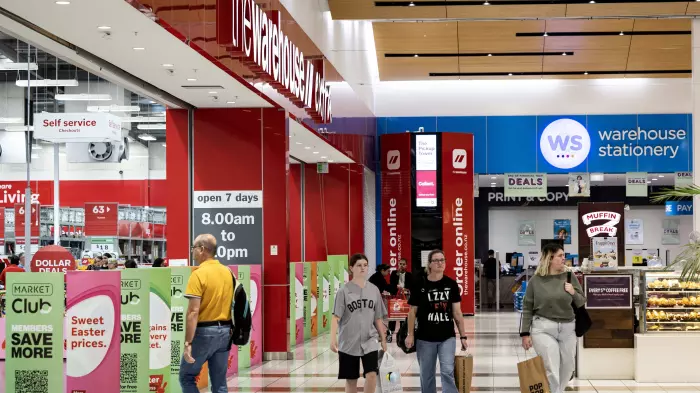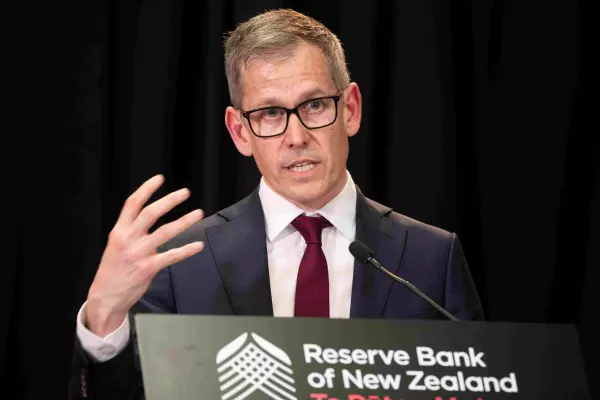The surge in new jobless numbers through June and into early July may be slowing.
Data from the Ministry for Social Development’s weekly update shows 1,300 more people are receiving Jobseeker Support or Covid-19 Income Relief Payments - CIRP - compared to the week ended July 10.
This represents a slowdown from the previous four weeks, when an average of more than 4,000 new people signed on to receive unemployment benefits each week.
As BusinessDesk analysis shows, the start of the second wave of unemployment coincided with the end of the wage subsidy for many businesses, with more than one million jobs losing their coverage in the space of a few weeks.
The number of jobs losing coverage has now stabilised. In total, 519,000 jobs were still covered by the subsidy or the extension on July 17, down from 550,000 one week earlier.
With the initial subsidy all but finished, most of those jobs remaining are on the extension – 437,000 as of July 17.
A REGIONAL VIEW
The monthly breakdown from the ministry shows that on a per capita basis the South Island, in particular the bottom half, saw the most CIRP recipients as a percentage of the working age population in the first few weeks of the scheme.
The data is only current to June 20 and covers only the first 10,579 CIRP recipients - there are now 18,592 - but may provide a glimpse of where covid-related unemployment is set to bite hardest.
Unsurprisingly, tourism hotspots such as Queenstown, Rotorua and Waitomo were among the hardest hit. Close to 1 percent of Queenstown’s estimated working age population claimed the CIRP in the first few weeks of it becoming available.
The Mackenzie, Westland, Central Otago, Marlborough and Southland districts also feature in the top 10, as does Christchurch.
Meanwhile, young people continue to bear the brunt of covid-related unemployment. Half of those who claimed the CIRP in the first couple of weeks were aged under 35.


